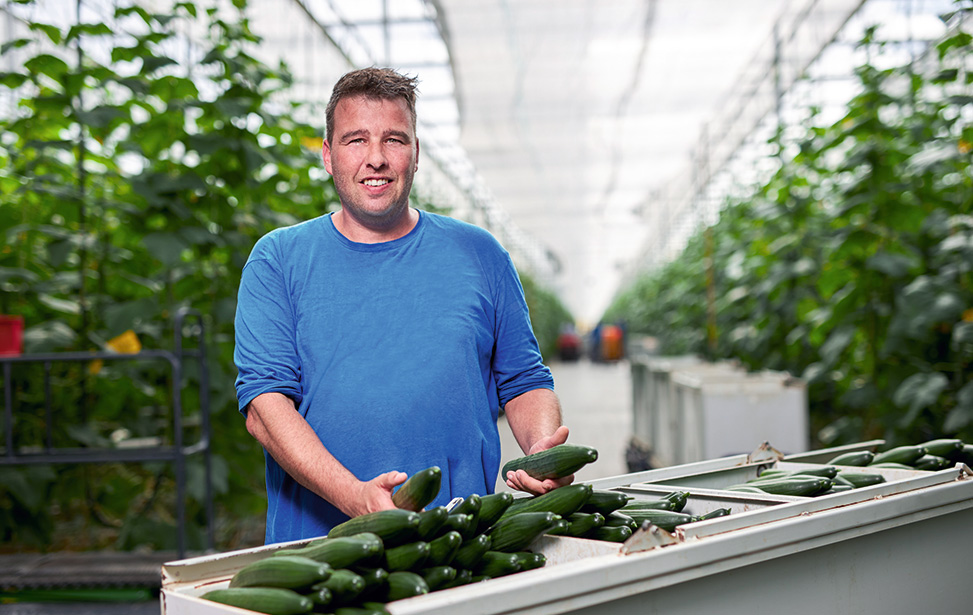As the European Union’s Directive 2000/60/EC approaches its implementation deadline in mid-2027, greenhouse technology provider Lumiforte is proactively transitioning its product offerings to meet the new environmental standards. This directive will significantly impact the greenhouse coatings and cleaning products used in the industry, particularly those that may end up in surface water.
Lumiforte has long been committed to sustainability and has already begun adapting its portfolio to align with the forthcoming regulations. Bart Hergaarden, Commercial Manager, and Ruben Lensing, Sales Manager Benelux & UK, outline the company’s strategic approach to this transition.
One notable development is the introduction of a new generation of horticultural coatings, which feature bio-based and biodegradable ingredients. For example, Lumiforte has re-engineered its ReduClean product to meet the ECOCERT standard. The new ReduClean ECO formulation is less corrosive and breaks down more gently in water, addressing both environmental concerns and improving transport and storage conditions.
As Ruben Lensing points out, Lumiforte aims to help horticultural companies and their contractors adapt to these environmental standards well in advance. The company’s focus is on reducing the burden on end users while collaborating closely with distributors and cleaning specialists.
In Denmark, where environmental regulations are more stringent, Lumiforte has already transitioned entirely to the ReduClean ECO formula. This shift aligns with the country’s stricter municipal legislation, a trend that often starts in Scandinavia and gradually influences the rest of Europe.
Beyond compliance, Lumiforte also addresses the practical needs of greenhouse operators. The company provides solutions that allow for precise control of greenhouse conditions. For instance, ReduSystems products can be removed or cleaned as needed, allowing growers to optimize light levels and greenhouse climate. This flexibility is particularly valued in the Netherlands, where automation and climate control systems are prevalent.
Bart Hergaarden emphasizes the importance of maintaining clean greenhouse roofs to maximize sunlight and reduce reliance on artificial lighting. This approach not only supports optimal crop production but also contributes to energy savings.
Lumiforte’s strategy involves offering a comprehensive solution that combines screening agents and cleaners. This integrated approach helps growers meet existing environmental requirements and ensures high water quality. The company has significantly expanded its R&D team to support this transition, focusing on developing new technologies and better understanding the impact of external factors on greenhouse climates.
Looking ahead, Lumiforte plans to incorporate drones for applying coatings and cleaning roofs, as well as improving the integration of coating impacts into climate computer models. These innovations reflect the company’s commitment to both sustainability and technological advancement in greenhouse management.









